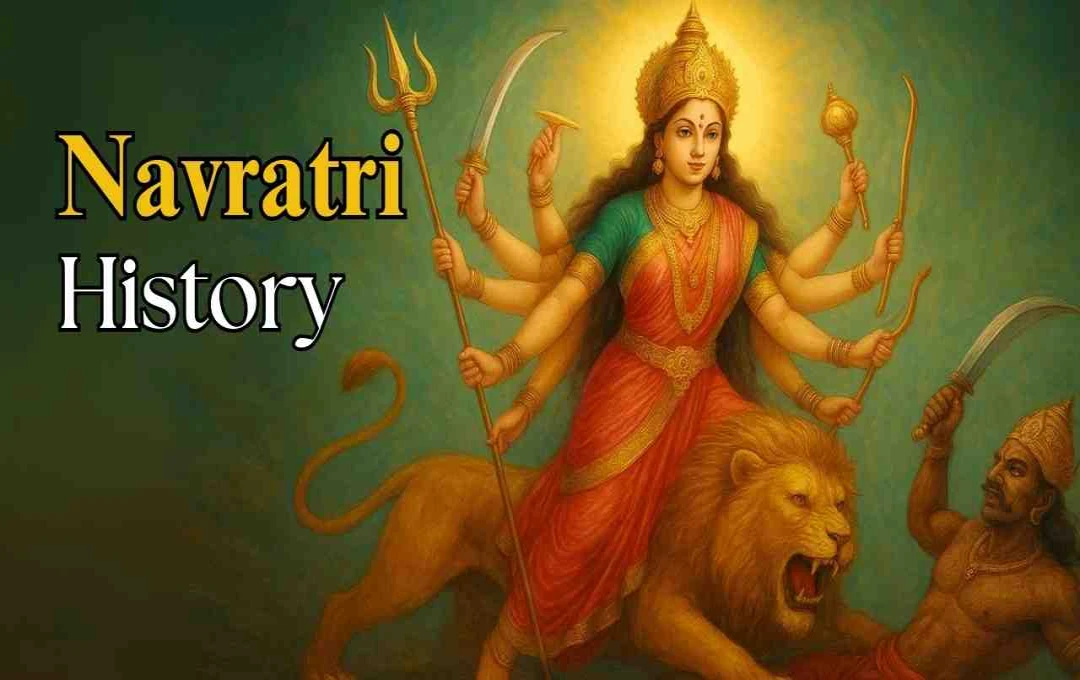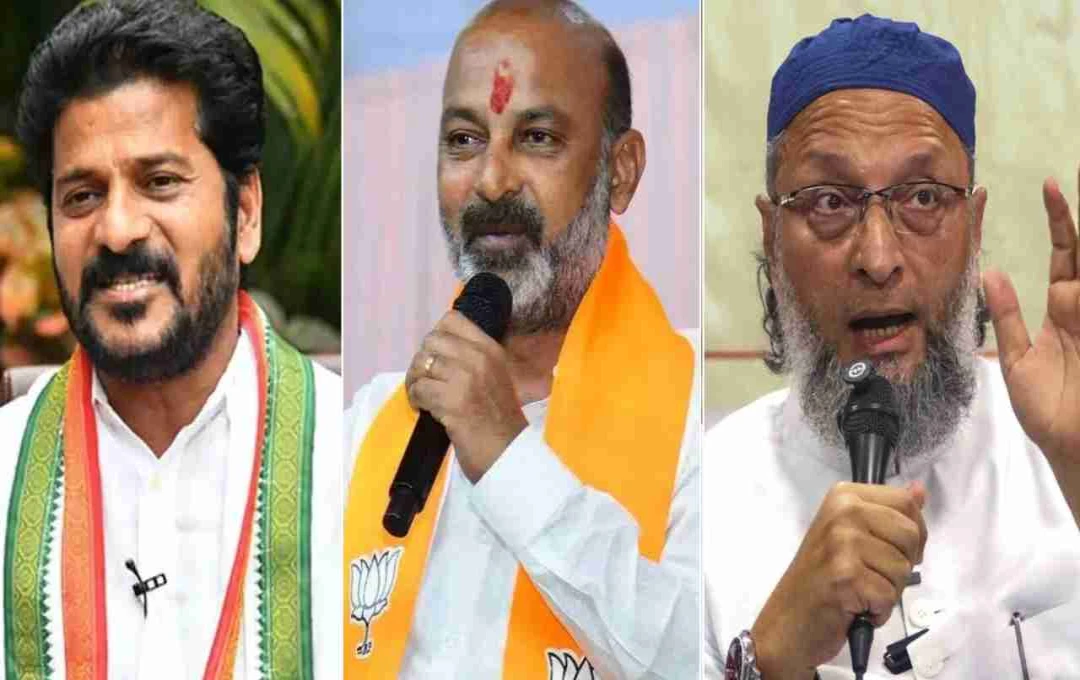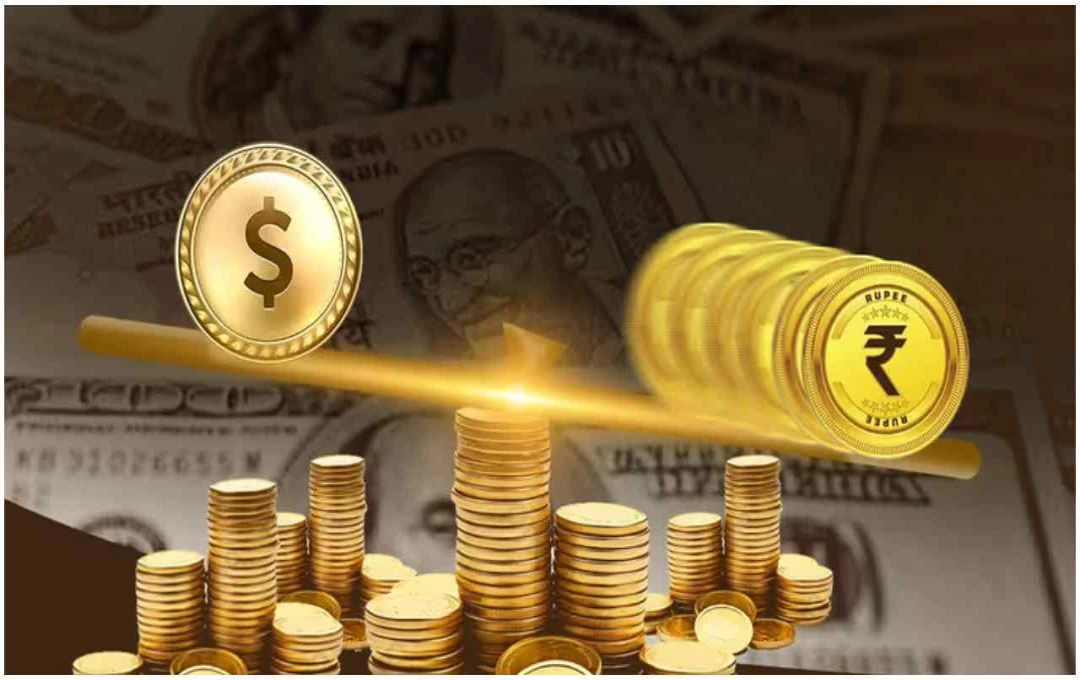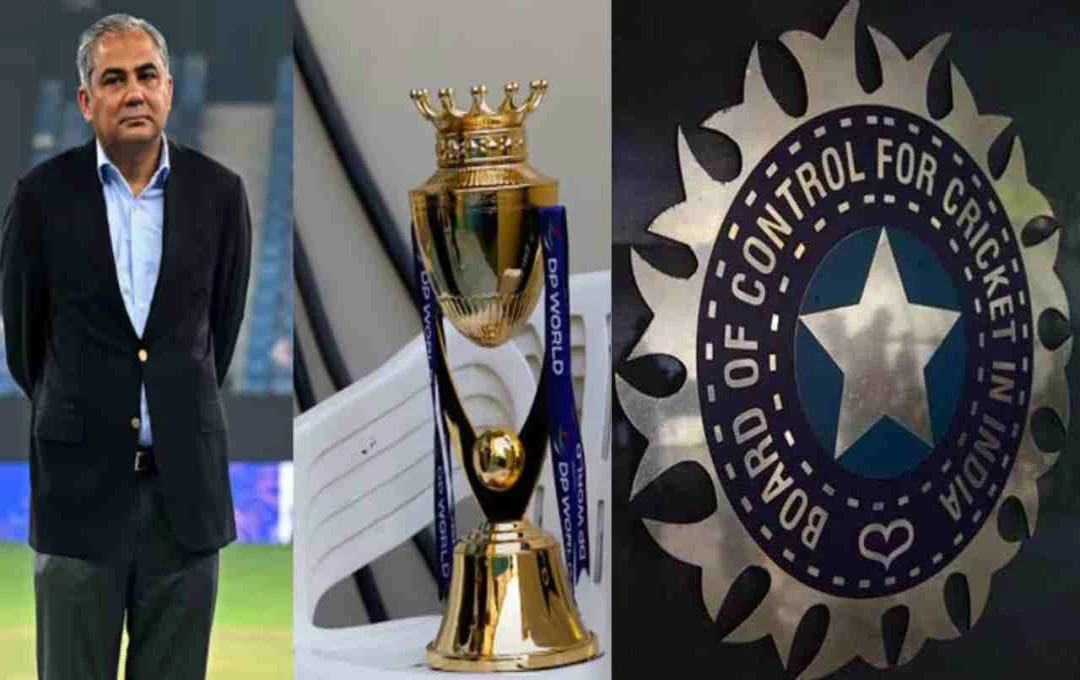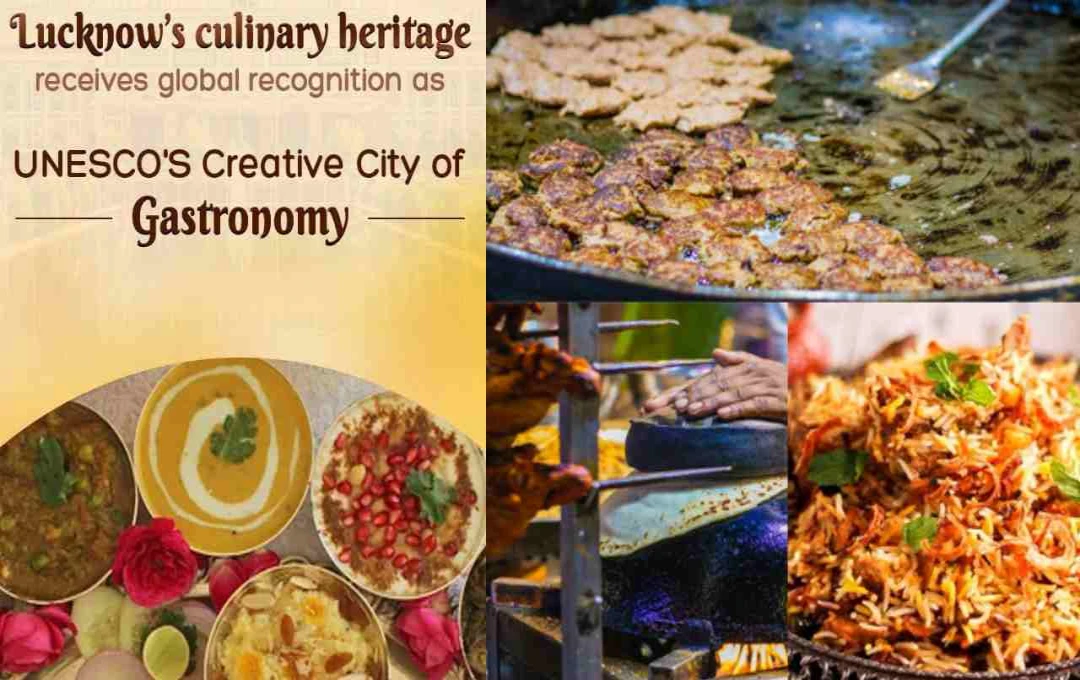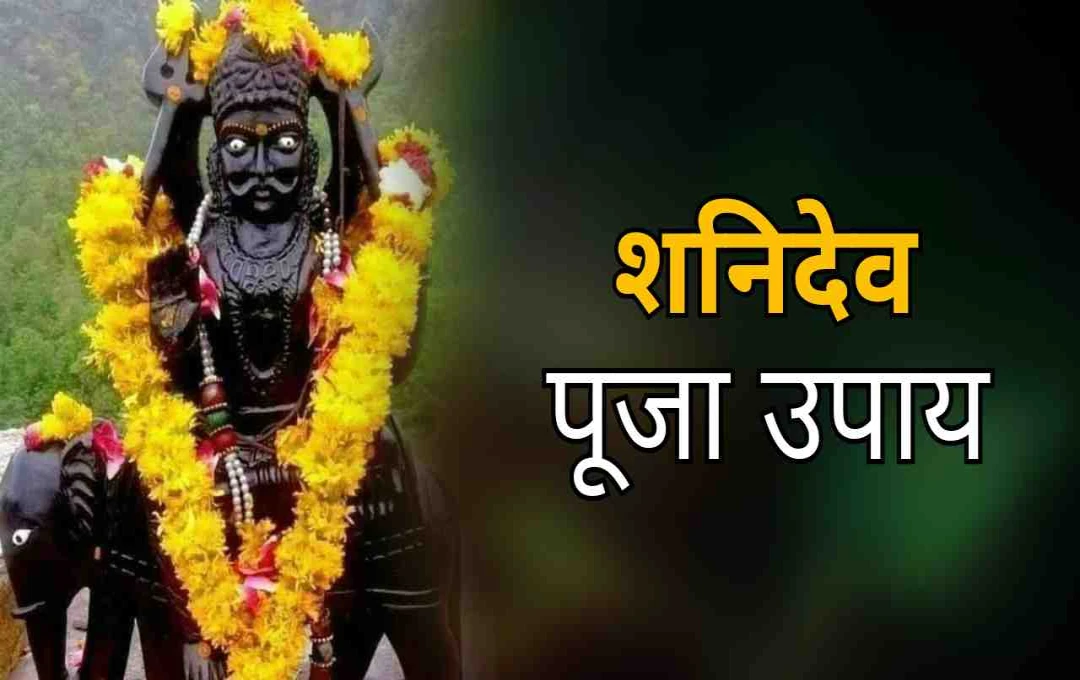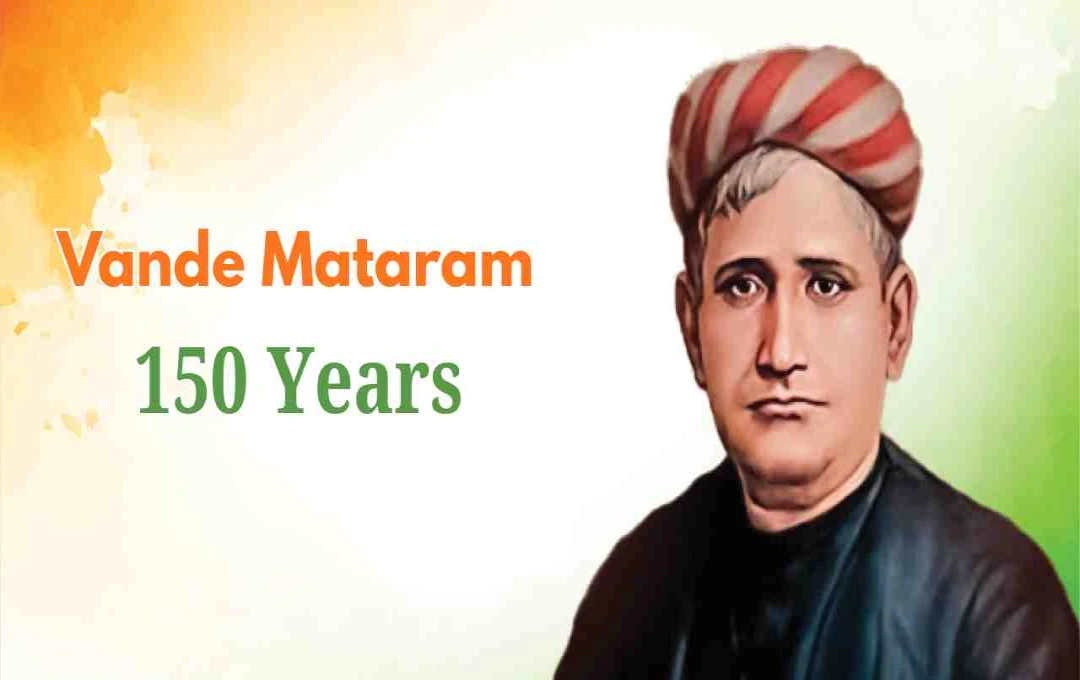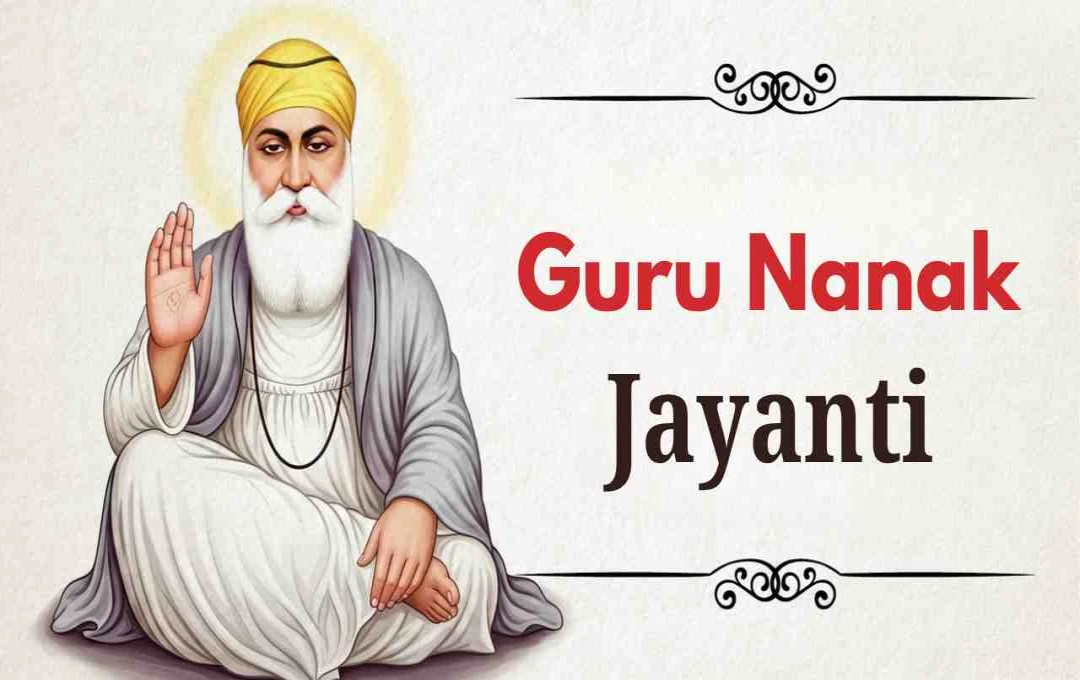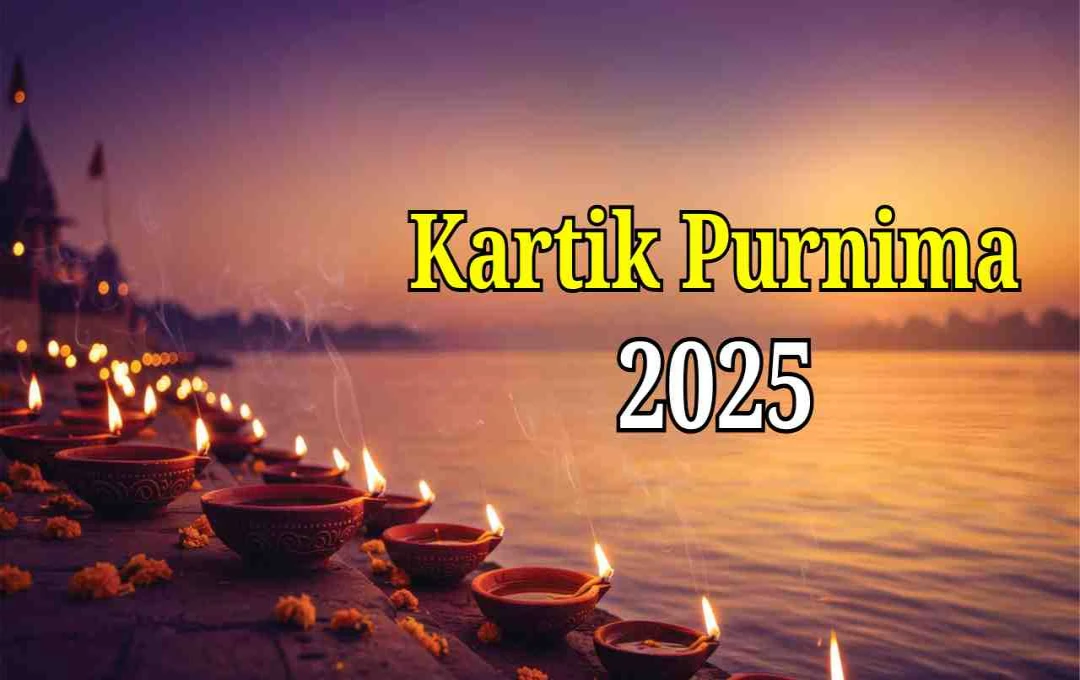Navratri is a major festival of Shakti worship in India, during which Maa Durga and her nine forms are worshipped for nine days. According to scriptures, its origin is attributed to King Surath and Samadhi Vaishya, while the tradition of Sharad Navratri was initiated by Lord Shri Ram. Today, this festival has become a symbol of strength, victory, and faith.
Significance of Navratri: In India, Navratri is not merely a festival of fasting and abstinence; it is a significant occasion for the worship of Goddess Durga and the spiritual practice (sadhana) of her nine forms. In ancient times, its observance was initiated by King Surath and Samadhi Vaishya, whereas the tradition of Sharad Navratri was established by Lord Shri Ram for the worship of Maa Durga before battle. This festival is celebrated across the country as a symbol of strength, victory, and faith, awakening a sense of religious devotion and self-purification among people.
Who initiated the tradition of Sharad Navratri?
Navratri, counted among India's major festivals, is considered a period of Shakti worship. For nine days, Maa Durga and her nine forms are worshipped. In scriptures and traditions, its origin is mentioned in two ways. The Markandeya Purana states that the Navratri fast was first observed by King Surath and Samadhi Vaishya, while the Ramayana describes that the tradition of Sharad Navratri was established by Lord Shri Ram.
The Story of King Surath and Samadhi Vaishya
In the Devi Mahatmya or Durga Saptashati of the Markandeya Purana, it is extensively described that King Surath and Samadhi Vaishya were the first to observe the Navratri fast. According to the tale, King Surath, defeated by his enemies, lost his kingdom and retreated to the forest. Similarly, a merchant named Samadhi had been abandoned by his family. Both, in their distressed state, arrived at the hermitage of Sage Medha and sought a solution to their sorrows.
The sage informed them that all powers are under the supreme Goddess Durga (Aadishakti Durga), and if they worshipped the Mother for nine days during Navratri, their wishes would be fulfilled. King Surath and Samadhi observed nine days of fasting and worship with full adherence to the rules. Maa Durga was pleased and granted the king a kingdom in his next life and liberation (moksha) to the merchant. This is why the beginning of the Navratri fast is attributed to King Surath and Samadhi Vaishya.
Lord Shri Ram and Sharad Navratri

It is mentioned in the Ramayana and folk tales that when Shri Ram was preparing for war against Ravana, he resolved to worship Maa Durga, desiring victory. At that time, it was the autumn season (Sharad Ritu), whereas Navratri traditionally falls in the month of Chaitra. Shri Ram deviated from scriptural norms and worshipped the Goddess during autumn, an act known as 'Akal Bodhan' (untimely awakening).
Maa Durga blessed Shri Ram with victory, and thereafter, the slaying of Ravana became possible. It was after this event that the tradition of Sharad Navratri began, which over time became the most popular festival. Today, Sharad Navratri has become a symbol of strength, victory, and divine grace across India.
Chaitra and Sharad Navratri
- Chaitra Navratri: The origin of Chaitra Navratri is linked to the spiritual practices (sadhana) of King Surath and Samadhi Vaishya. This festival coincides with the beginning of spring and the start of the new year (according to the Hindu calendar). For nine days, Maa Durga and her nine forms are worshipped, and it is considered an occasion for self-purification, spiritual discipline, and new beginnings.
- Sharad Navratri: Sharad Navratri is associated with the worship of Lord Shri Ram and the story of his victory. It falls in the month of Ashwin and is celebrated with great pomp and show across the country. Occurring during the autumn season, this festival has become a symbol of strength, victory, and divine grace.
The fundamental basis of both festivals is the worship of Aadishakti Maa Durga. While Chaitra Navratri offers an opportunity for spiritual practice and self-purification, Sharad Navratri gained widespread popularity as a symbol of victory and strength. This is why today, Sharad Navratri is celebrated as the largest and most significant festival of Shakti worship.
